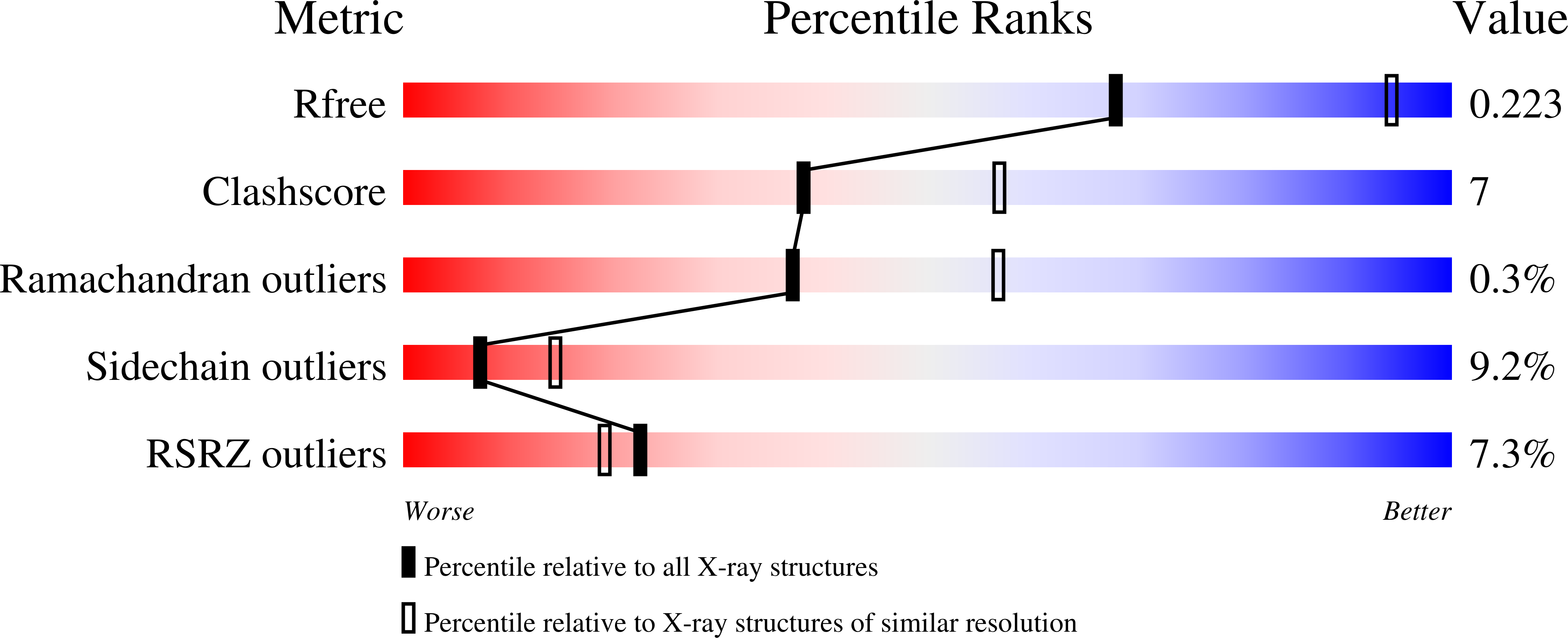
Deposition Date
2024-02-21
Release Date
2024-12-04
Last Version Date
2025-01-22
Entry Detail
PDB ID:
8S4D
Keywords:
Title:
Crystal structure of a peptidergic GPCR in complex with a small synthetic G protein-biased agonist
Biological Source:
Source Organism:
Homo sapiens (Taxon ID: 9606)
Escherichia coli O139:H28 str. E24377A (Taxon ID: 331111)
Escherichia coli O139:H28 str. E24377A (Taxon ID: 331111)
Host Organism:
Method Details:
Experimental Method:
Resolution:
2.58 Å
R-Value Free:
0.27
R-Value Work:
0.23
R-Value Observed:
0.23
Space Group:
C 2 2 21


